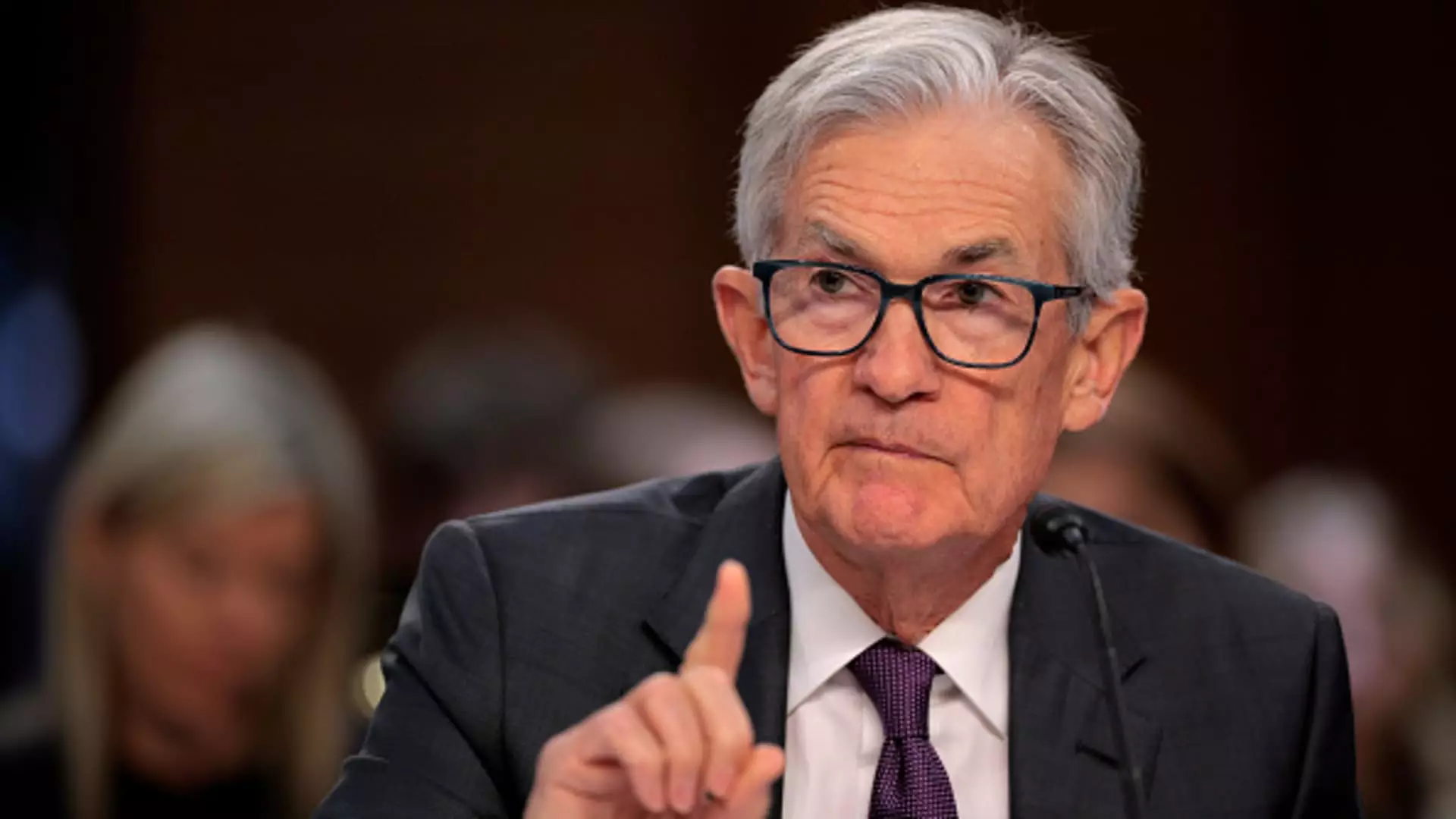In January, the Federal Reserve convened to discuss the troubling landscape of inflation and its implications for monetary policy. As revealed in the minutes from this meeting, there was a unanimous consensus among Federal Open Market Committee (FOMC) members to maintain the key policy interest rate after three consecutive cuts in the previous year, amounting to a total reduction of one percentage point. This decision underscores the complexities faced by policymakers as economic conditions fluctuate and external factors, particularly trade tariffs, loom large on the horizon.
The FOMC recognized the precarious state of the economy, notably the need for vigilance regarding inflation, which, although easing, still remained above the Fed’s established 2% target. Members of the committee emphasized the importance of assessing new information related to economic activity, labor markets, and ongoing inflationary pressures. Their approach signals a cautious but deliberate path forward, affording them the opportunity to closely evaluate economic signals before considering further shifts in monetary policy.
A significant concern that rose to the surface during discussions was the potential impact of President Donald Trump’s tariffs on economic stability and inflation control. While some tariffs had already been implemented, the president’s threats to escalate these measures—specifically targeting products like automobiles, pharmaceuticals, and semiconductors with 25% duties—brought a sense of urgency to the deliberations. According to FOMC members, these punitive trade policies could complicate their inflation goals by driving input costs higher, which businesses might subsequently pass on to consumers, leading to a potential inflation spike.
The members shared apprehensions about the broader implications of trade and immigration policy adjustments, alongside a robust consumer demand that could amplify inflationary risks. The minutes reflected a consensus that while tariffs could raise prices and disrupt economic equilibrium, factors such as robust consumer spending also played a pivotal role in shaping the inflation landscape.
Despite the overarching concerns regarding tariffs, a sense of optimism prevailed among FOMC members regarding the economic outlook. This optimism was underpinned by expectations that the Trump administration would soon roll back government regulations and stimulate economic activity through new tax policies. Such potential measures could foster a more favorable environment for business investment and consumer spending, offering a counterbalance to the inflationary impacts of tariffs.
The Fed’s ability to navigate these mixed signals highlights the complexities of formulating monetary policy in a modern, interconnected economy. As policymakers weighed the realities presented by external pressures—both tariff-related and fiscal changes—the minutes indicated they were prepared to adjust their strategies based on evolving economic data.
As discussions about fiscal and trade policy evolve, Fed officials have adopted a cautious stance, opting to analyze how these factors will influence inflation and employment before pushing forward with additional rate cuts. Currently, market expectations lean towards potential reductions later in the year, with July or September being pointed out as plausible targets for a drop in the federal funds rate.
Chair Jerome Powell and his colleagues are walking a tightrope, striving to uphold financial stability while adapting to the rapid changes brought on by government policies. The turbulence caused by possible tariff expansions adds layers of uncertainty, compelling Fed officials to tread carefully in their decision-making.
As the Fed continues to assess economic developments, it remains critical for policymakers to remain adaptable. Navigating through the dual pressures of tariffs and inflation, while keeping an eye on the vitality of the labor market, is essential for achieving sustainable economic growth. The months ahead will certainly be pivotal, as the Fed’s decisions evolve in accordance with the ever-changing landscape of economic indicators and governmental actions.

